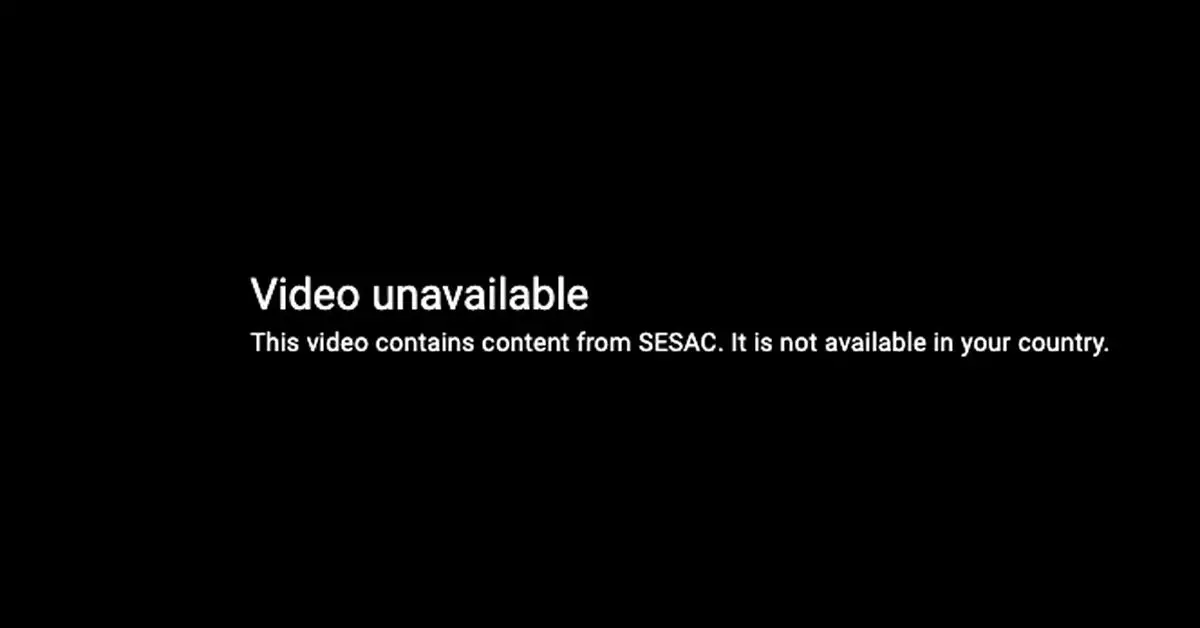In a surprising turn of events, a significant portion of some of the most cherished music videos and tracks vanished from YouTube and YouTube Music on Saturday. Fans expecting to indulge in popular hits, including Adele’s “Rolling in the Deep” and tracks from artists like Kendrick Lamar and Britney Spears, were met only with notifications stating, “Video unavailable.” This abrupt removal likely left many numerous viewers bewildered and frustrated as they navigated the landscape that is typically filled with comforting melodies and familiar rhythms.
This disappearance can be attributed to the Society of European Stage Authors and Composers, commonly known as SESAC. Established in 1930, SESAC is a performance rights organization that licenses the public performance of over 1.5 million songs, representing a wide array of songwriters, composers, and music publishers, numbering over 15,000. While it operates on a smaller scale compared to its counterparts, BMI and ASCAP, it boasts an impressive roster of high-profile artists. After its acquisition by the private equity firm Blackstone in 2017, SESAC has continued to play an essential role in music rights management.
The sudden removal of these tracks raises critical inquiries regarding licensing agreements and music accessibility. The central question looms: when will these fan-favorite songs return to YouTube? SESAC does maintain a searchable database detailing its repertory, raising the possibility that not all its affiliated songs have been removed uniformly. Some tracks, such as Kanye West’s “Power,” face restrictions while other versions remain accessible—a clear illustration of the complexities involved in music licensing. Although a publicly available 44,267-page PDF outlines the complete list of affected songs, the sheer volume indicates an intricate and complicated situation which is not easily digestible for the average user.
There remains a veil of uncertainty about the resolution of this crisis. SESAC has notably refrained from making a public statement regarding the ongoing licensing disputes, leaving the audience without clarity. Meanwhile, communication from YouTube conveyed the company’s commitment to resolving the matter. YouTube spokesperson Mariana de Felice noted, “We have held good faith negotiations with SESAC to renew our existing deal. Unfortunately, despite our best efforts, we were unable to reach an equitable agreement before its expiration.” This admission highlights the tension between striking a fair contract and the realities of copyright management that creators face in today’s digital arena.
With negotiations reportedly ongoing, both fans and artists alike are left hoping for a speedy resolution. The music community thrives on accessibility and availability, and the absence of these songs serves as a reminder of the fine line that exists between copyright law and entertainment experience. Without a favorable agreement, millions of music lovers may continue to feel the pang of absence in their playlists and watchlists. In the end, the resolution of this dispute could not only influence the listening habits of countless individuals but also set a precedent for how similar conflicts are managed in an increasingly digital music landscape.

